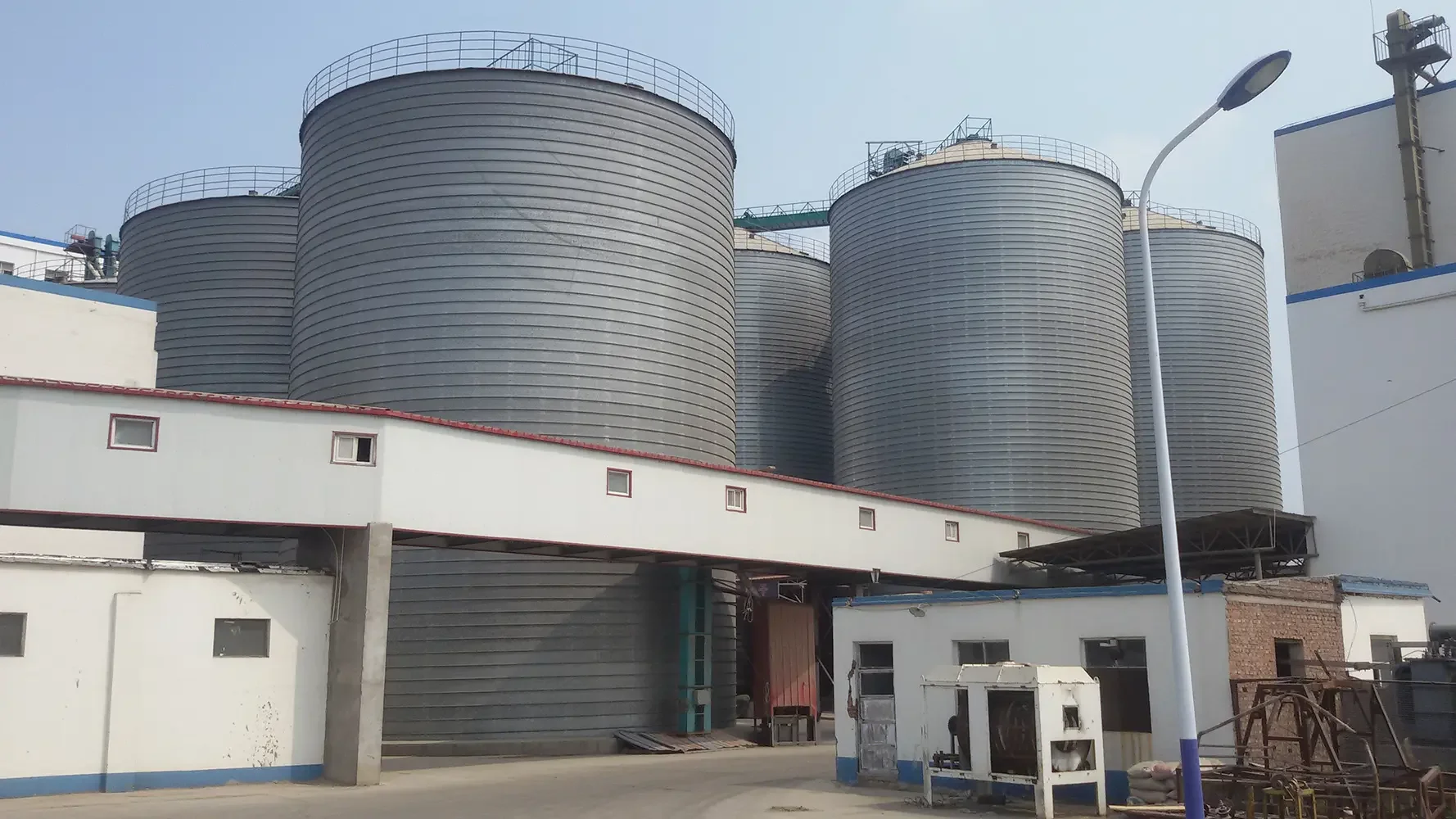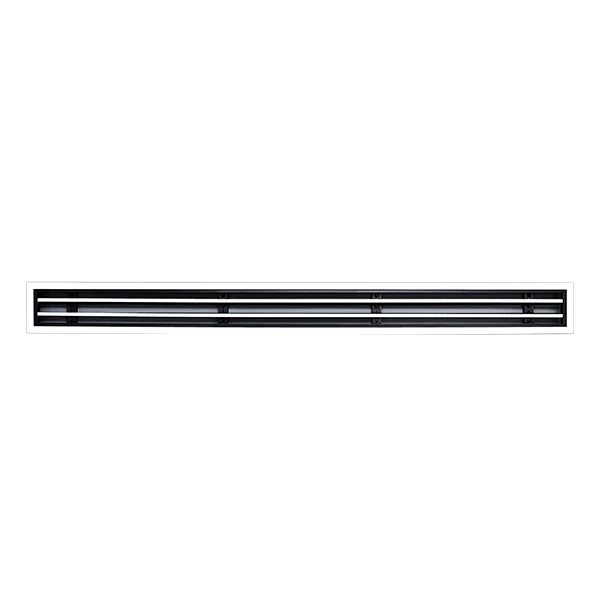In the ever-evolving realm of renewable energy, precision engineering plays a crucial role in optimizing energy efficiency and system durability. One such critical component is the slew drive, particularly in solar tracking systems. In this blog post, as a high quality slewing drive for solar tracking system exporter, YOJU will share the performance advantages of high torque slew drive for solar tracker.
High Torque Slew Drive for Solar Tracker Performance Advantages
1. High Torque Capacity for Enhanced Load Handling
High torque slew drives are specifically engineered to transmit significant rotational force while maintaining compact form factors. In solar trackers - both single-axis and dual-axis - the capability to handle heavy static and dynamic loads is essential due to large photovoltaic (PV) panel arrays, wind forces, and environmental variables. High torque slew drives utilize:
* Hardened worm gears or planetary gears, which multiply input torque and deliver higher output.
* Optimized gear ratios that strike a balance between rotational speed and torque output.
* High-grade alloy steels that improve load-bearing strength and resist deformation.
These characteristics allow the slew drive to rotate and maintain the angular position of massive solar panel arrays, even under high wind loads or mechanical resistance, minimizing the risk of slippage or mechanical failure.
2. Superior Positional Accuracy and Tracking Efficiency
The primary function of a solar tracker is to orient the PV panels toward the sun throughout the day to maximize irradiance capture. High torque slew drives contribute to exceptional tracking precision, often achieving positional accuracies within fractions of a degree. This is achieved through:
* Zero-backlash or low-backlash gear designs, which eliminate mechanical play.
* Integrated motor and encoder feedback systems, which enable real-time angular correction.
* High-resolution control, facilitated by advanced stepper or servo motors.
This high degree of precision translates into better sun alignment, which can increase energy yield by 20–30% compared to fixed systems, especially in dual-axis tracking configurations.
3. Robust Structural Stability and Long-Term Durability
Solar trackers are expected to perform continuously in harsh outdoor environments for 20+ years. The integration of high torque slew drives greatly enhances the mechanical resilience and longevity of these systems due to:
* IP-rated sealed housings that protect against dust, sand, moisture, and temperature extremes.
* Corrosion-resistant materials such as stainless steel or coated carbon steel, essential in desert, coastal, or high-humidity regions.
* Grease-lubricated and sealed gear mechanisms, minimizing wear and reducing the need for maintenance.
These structural advantages reduce the frequency of mechanical failures, downtime, and the need for costly replacements - key factors in ensuring the viability of solar power projects over decades.
4. Compact, Integrated Design for Simplified System Architecture
One notable benefit of high torque slew drives is their compact and modular design, which incorporates the gear system, bearing, and sometimes the motor into a single enclosed unit. This integration provides several design advantages for solar tracker manufacturers:
* Reduction in component count, leading to lower assembly time and costs.
* Minimal space requirements, especially valuable in densely packed solar farms.
* Ease of alignment and installation, as the slew drive eliminates the need for complex external bearings or coupling mechanisms.
This compactness, combined with high torque output, makes slew drives particularly suited for modern tracker systems with tight design constraints and high performance expectations.

5. Improved Energy Efficiency and Motor Load Optimization
High torque slew drives improve overall energy efficiency in solar tracking systems by enabling the use of smaller, less power-intensive motors to achieve desired motion. This is due to:
* Optimized mechanical advantage via worm or planetary gear arrangements.
* Self-locking capability in worm gear configurations, which prevents back-driving and holds position without continuous motor power.
* Reduced current draw, especially during the stow or high-wind protection positions.
By lowering the operating load on motors and reducing active power consumption during idle periods, high torque slew drives contribute to the overall sustainability and efficiency of the tracker system.
6. Enhanced Wind Resistance and Safety Under Extreme Conditions
Solar farms are often installed in open fields or desert environments with high exposure to wind gusts. High torque slew drives are engineered with wind load resistance in mind, enabling:
* Secure panel positioning during wind events, especially in stow mode.
* High output holding torque, often exceeding 10–20 kNm depending on model and size.
* Integrated braking or locking mechanisms, to prevent accidental rotation or drift.
These safety measures protect solar panels and supporting structures from damage, preserving system integrity and reducing maintenance costs due to environmental stresses.
7. Versatility Across Tracking System Types
High torque slew drives are not limited to a single type of solar tracker; they are versatile enough to support:
* Single-axis horizontal trackers, where large modules rotate along a fixed axis.
* Tilted single-axis systems, used in undulating or sloped terrain.
* Dual-axis trackers, which require precise articulation in both azimuth and elevation axes for maximum sun-following performance.
Their adaptable mounting configurations, gear options, and control interfaces make them a flexible solution across varied PV system architectures, enabling design standardization across product lines.
8. Low Maintenance and Lifecycle Cost Reduction
Compared to traditional bearing-and-gearbox combinations, high torque slew drives require significantly less routine maintenance due to their enclosed, self-contained designs. Key factors contributing to this advantage include:
* Pre-lubricated sealed gear assemblies, which eliminate the need for frequent re-greasing.
* High wear resistance, reducing gear backlash and torque degradation over time.
* Minimal external components, lowering the likelihood of environmental damage.
Over a 25-year system life, the reduced maintenance needs can translate into substantial operational cost savings and a better return on investment (ROI) for utility-scale solar installations.
Conclusion
As the solar energy sector continues to scale and mature, the engineering behind tracking systems must evolve to meet demands for higher efficiency, reliability, and lower total cost of ownership. The performance advantages of high torque slew drive for solar tracker applications clearly demonstrate their superiority in meeting these challenges.
From enabling precise motion control and resisting extreme environmental forces to lowering motor power consumption and simplifying mechanical design, high torque slew drives are a cornerstone technology in modern solar tracking systems. Their adoption not only enhances energy harvest but also ensures long-term durability and operational reliability - essential attributes in the global transition toward clean and sustainable power generation.
www.enyoju.com
YOJU


More Stories
The Role of Combining DC Fast Chargers and Energy Storage Systems in Building Efficient Charging Networks
How Liquid-Immersed Transformers Improve Electrical Efficiency
Custom Solar Slew Drive Design for Precision Tracking Systems